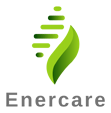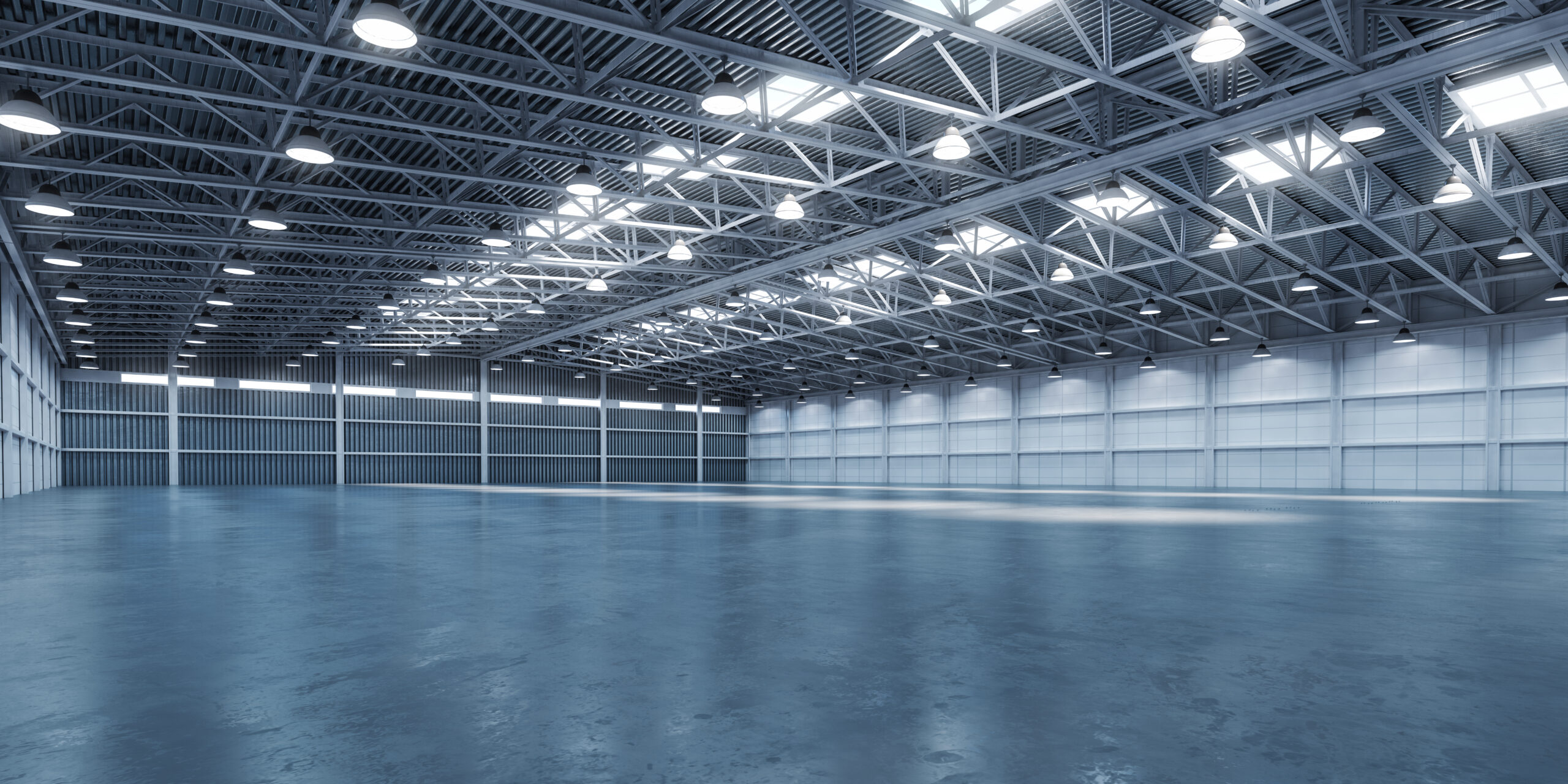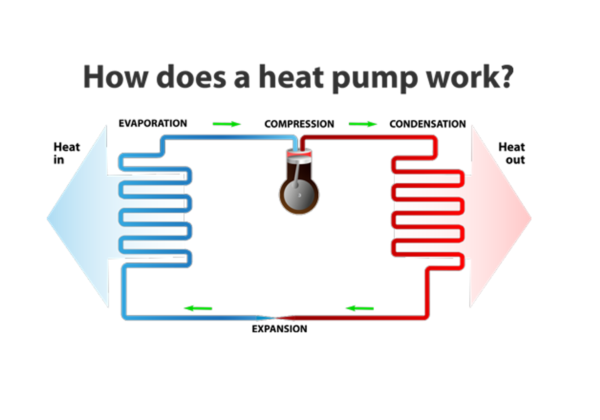Explore how the latest in LED technologies are super-charging warehouses.
For the last few decades, metal halide lighting has been the preferred type of warehouse lighting. But, the benefits of LED high bay lighting have finally become more than just a good idea. In this post, you’ll learn about the different types of lighting technologies used over the years within warehouse applications, and we’ll explore how they’ve changed and evolved to meet the demands of the warehouse industry.
We’ll round out the post and take a deeper look at why taking your warehouse on an LED transition makes sense and how easy the transition can be with the right solutions partner.
Blast From The Past: Warehouse Lighting, A Review.
High-bay or high-intensity discharge lamps, also known as HID lamps, are very common and widely used for industrial applications. They are used to provide adequate light for work areas such as warehouses and factories. These are the fixtures that have illuminated warehouses and industrial plants for decades. However, it wasn’t until 1989 that a practical LED light was first produced.
Industrial LED lighting outperforms its traditional counterparts in meaningful ways, so let’s look at some of the considerations when deciding whether an LED retrofit is appropriate for your warehouse or industrial space.
Warehouse Lighting: Why LED?
Before we jump into the “why” of LED, let’s take a trip down memory lane to explore the various types of lighting solutions warehouses have and continue to use today.
Metal Halide
LED high bay lights vs. Metal Halide high bay lights: If you’ve ever been to a sporting event, the lights blasting the field from overhead are likely metal halide. Metal halide lamps are still standard in sporting and warehouse/industrial/commercial uses to this very day.
Many benefits of metal halide lights include:
- Decent color rendering.
- Relatively adequate foot-candle levels (compared to most incandescent lamps).
- The ability to be used with a wide variety of bulbs.
However, they can take a while to reach full brightness (sometimes 15-30 minutes), and they are expensive to operate and maintain. In addition, much of the energy they produce is wasted in the form of heat.
High-Pressure Sodium Lighting
The next lighting technology we’ll want to look at is high-pressure sodium. Yes, those wonderfully orange/yellow tinted fixtures. High-pressure sodium lights are another standard lamp used in warehouse, industrial, business, and recreational facilities where high bay lighting is appropriate.
High-pressure sodium lamps are the oldest type of lamp in everyday use today. They’re also known as “warm white” or “yellowish” lamps because of the yellowish cast they give off. They have the lighting industry’s lowest color rendering index (CRI) and take a while to reach full intensity.
Fluorescent Lighting
Lastly, let’s take a look at fluorescent lighting. While not ideal in typically warehouse applications, fluorescent lights are sometimes used in warehouses, but not often. You’ll tend to see these fixtures in areas with lower ceilings, locker rooms, or office sections of a warehouse.
Although fluorescent lights are less expensive in initial costs, they are less efficient than incandescent or halogen bulbs. They also have a shorter lifetime and require a ballast to stabilize the light.
So, Why Upgrade Your Warehouse to LED Lighting?
You might be saying to yourself that your conventional warehouse lights are not that old, and you don’t see a reason to have lighting retrofit services right now. However, you’ll save a lot of money if you have started by getting all the facts from an on-site facility assessment.
Through the on-site assessment, expert technicians will take a deep dive to determine what’s happening within your warehouse and identify areas where older lighting technologies are likely costing you thousands in extra energy bills, fostering unsafe (i.e., underlit) areas. Then, we’ll map it all out and show you the facts and figures on whether it makes sense or not.
Top 8 Reasons for an LED Upgrade in Your Warehouse:
In addition to the many advantages of LED high bay lighting, it offers low operating costs, improved energy efficiency, and a longer lifespan than conventional lighting. You can expect to see up to 90% savings on your electric bill by replacing your existing warehouse lighting with LED high bay lights.
Moreover, LED lights are an environmentally-friendly choice. They’re a safe alternative to the energy-intensive halogen lights that were the most common lighting solution in warehouses just a few years ago. In addition, the average lifespan of LED lights is 50,000 hours, which is five times longer than conventional lighting. This means that you can expect to see a significant decrease in maintenance and replacement costs over time. You’ll also see a reduction in greenhouse gas emissions and less energy wasted in the form of heat.
Here are the Top 8 Reasons We Support LED High Bays:
1. Improved energy efficiency: LED lighting uses up to 90% less energy than traditional lighting technologies.
2. Lower operating costs: LED lighting can last up to 15 years, more than 3 times longer than conventional lighting.
3. Environmentally friendly: Because LEDs are more efficient, they emit less heat than traditional lighting.
4. Increased safety: LED lighting is safer to use, as it does not produce the same heat type as traditional lighting.
5. Higher visibility: The brighter the light, the more visible it is. And, with LED lighting, you can use a much smaller light source.
Let us help you get started. We can schedule an on-site assessment to determine your facility’s lighting needs. Our on-site assessments will help you see the actual value of LED lighting in your warehouse and help you see how much you can save with a retrofit.
So, if you’d like to see how much money you can save, please shoot us an email at: [email protected].



